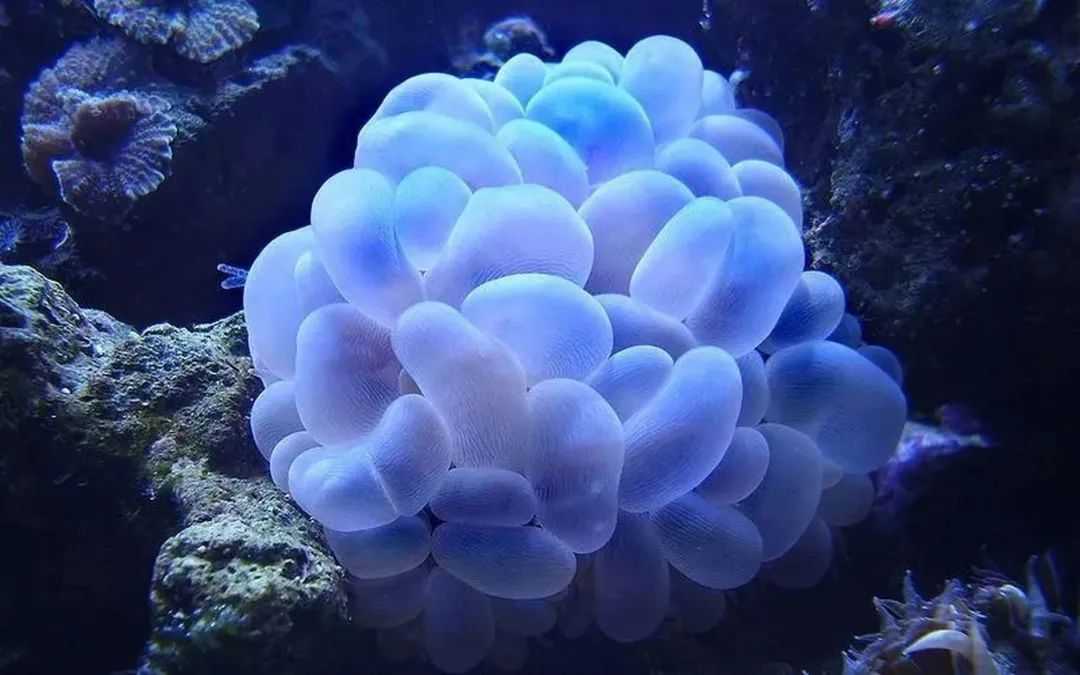Bubble Coral: The Mesmerizing Marine Marvel with a Dual Identity
Plerogyra sinuosa, commonly known as bubble coral, is a captivating soft coral species belonging to the order Scleractinia. Found primarily in the shallow waters—within 30 meters—along the coasts of the Pacific and Atlantic Oceans, as well as the Caribbean Sea, this coral species has earned its name from its unique appearance that transforms dramatically between day and night.

Source: Images from the Internet, if there is any infringement, please contact the removal of
During daylight hours, bubble coral presents a mesmerizing sight. Its polyps inflate into translucent, spherical bubbles reminiscent of clusters of grapes, ranging in hues from white and yellow to green. These bulbous structures, plump and glistening, create a dreamlike underwater scene, attracting divers and marine enthusiasts with their otherworldly beauty. The soft, almost gelatinous texture of the bubbles, combined with their vibrant colors, makes them one of the most visually striking inhabitants of coral reefs.
As night falls, the bubble coral reveals its predatory nature. The inflated bubbles deflate, and the coral extends long, slender tentacles armed with venomous cnidocytes—specialized cells containing stinging capsules. These tentacles stealthily capture unsuspecting plankton, paralyzing them with venom before pulling the prey towards the coral’s central mouth for digestion. This nocturnal transformation highlights the bubble coral’s adaptability in securing food in the competitive marine ecosystem. While its daytime allure draws admiration, its nighttime hunting prowess underscores the complex and often perilous lives of coral reef organisms. Despite their enchanting appearance, bubble corals face threats from ocean acidification, rising temperatures, and human disturbances, reminding us of the urgent need to safeguard these delicate marine treasures.


